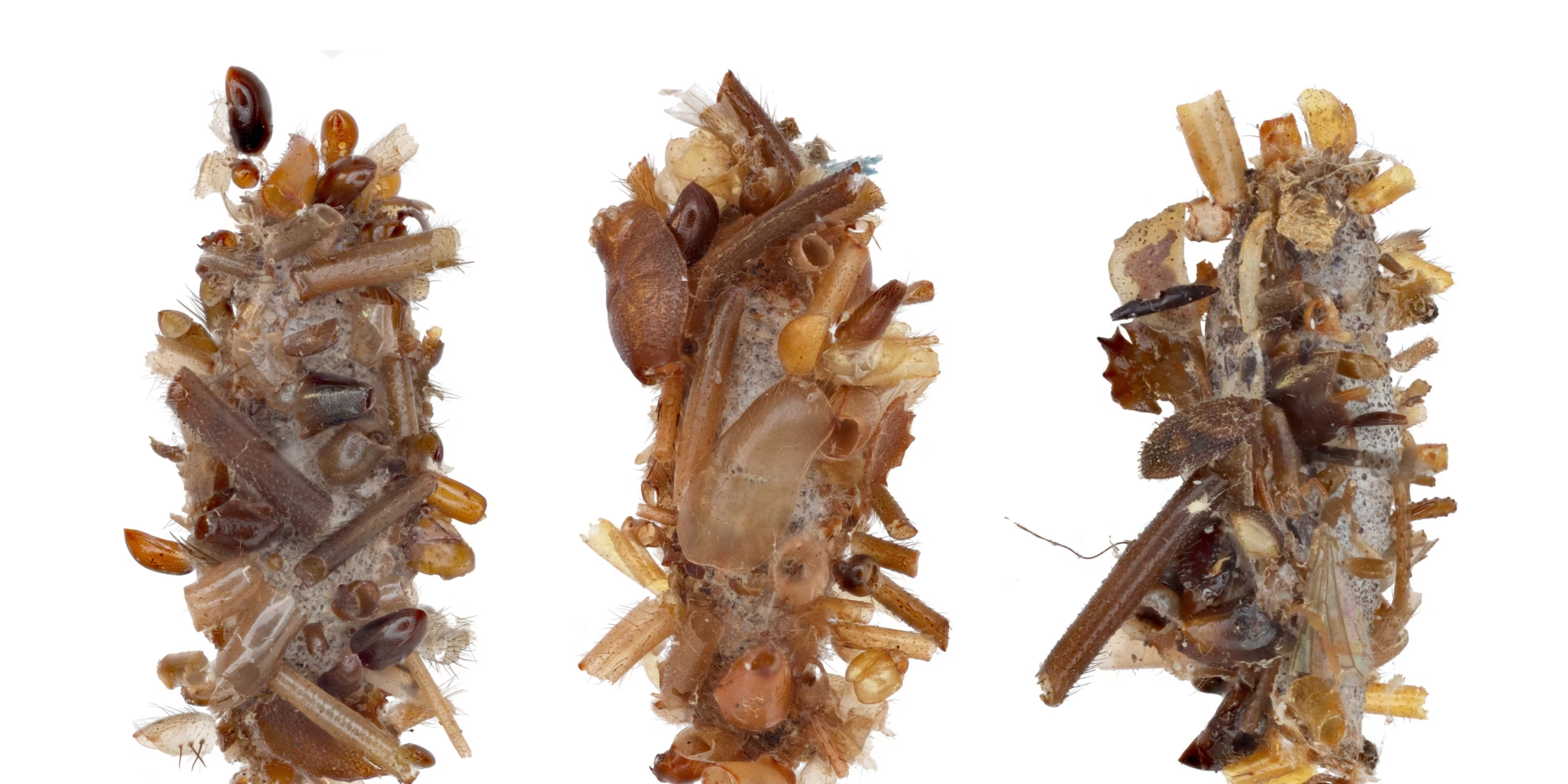On a remote peninsula in Western Australia, a 16-hour drive from the nearest city, faces carved 30,000 years ago gaze at the few visitors who make it to this wild place. These ancient human depictions are part of Murujuga, home to one of the largest collections of rock art in the world—older than Egypt’s pyramids by ten times.
Spanning tens of thousands of years, this sprawling gallery of a million images on the Burrup Peninsula is like a visual encyclopedia, capturing human history and environmental shifts. Etched into the rocks are scenes of changing landscapes, tribal traditions, and long-lost creatures like the Tasmanian tiger and fat-tailed kangaroo. These petroglyphs also unveil the myths of one of humanity’s oldest cultures—the Aboriginal Australians.
Though this extraordinary site remains little-known, even to most Australians, it’s now in the spotlight for two very different reasons. There’s growing excitement over its potential UNESCO World Heritage status, which could bring a wave of tourism. But that optimism is shadowed by dire warnings from scientists: Murujuga could vanish within a century due to pollution from the sprawling industrial zone around it.
Such destruction wouldn’t be new in Western Australia (WA), where the economy thrives on mining. Just two years ago, mining giant Rio Tinto blew up the sacred 46,000-year-old Juukan Gorge rock shelters—an Aboriginal heritage site—to expand an iron ore project. That tragedy happened roughly 140 miles south of Murujuga.
Rock Art Through the Ages
Both sites lie in the Pilbara, a rugged northern region of WA marked by towering gorges, jagged mountains, and endless red plains—alongside billion-dollar mines. WA is one of the most sparsely populated places on Earth, with nearly four times Texas’ land area but only 2.6 million people. About 80% live in Perth, the state capital, while fewer than 4% are Aboriginal.
Yet the Pilbara’s true wealth isn’t just minerals—it’s Aboriginal heritage. Long before British colonization, this land was home to the Ngarda-Ngarli people, a collective of traditional owner groups: the Ngarluma, Yaburara, Mardudhunera, Yindjibarndi, and Wong-Goo-Tt-Oo.
They named this place Murujuga, which includes the Dampier Archipelago and the Burrup Peninsula. Here, over millennia, one of the world’s most significant collections of petroglyphs was created, says Benjamin Smith, a rock art expert at the University of Western Australia.
Compared to other major rock art sites—like Norway’s 7,000-year-old carvings, Brazil’s 25,000-year-old cave paintings, or Zimbabwe’s 13,000-year-old art—none match Murujuga’s sheer volume or unbroken timeline. “What makes it special is the density and sheer amount of rock art,” Smith explains. “It spans from recent times back at least 40,000, possibly 50,000 years.”
So far, researchers have documented just 3% of Murujuga’s total area, logging 50,000 images. Smith estimates there could be up to 2 million petroglyphs here.
Beyond their artistic beauty, these carvings offer priceless scientific insights. “Murujuga has some of the oldest known human faces and images of extinct animals,” Smith says. “The shifting wildlife in the art reflects huge environmental changes. This was once over 60 miles inland—now it’s a peninsula surrounded by water.”
For the Ngarda-Ngarli people, these carvings were shaped by the Marrga, ancestral creator spirits who molded the land and inhabit the Dreamtime—the foundation of Aboriginal culture, weaving together creation myths and life’s guiding principles.
To outsiders, Murujuga’s rocks might seem lifeless. But for traditional custodian Raelene Cooper, they pulse with energy. “They hold DNA, a living, breathing, spiritual force,” she says. “The rock art is our biblical archive, a sacred record of our bond with Mother Earth.”
Belinda Churnside, a Ngarluma custodian, adds that Murujuga bridges past, present, and future. “This art spans from the beginning of time to its end,” she says.
A Race Against Time
Yet Murujuga’s survival is at risk, warns Smith. Pollution from the Burrup Peninsula’s industrial expansion threatens to erode the ancient carvings. “If pollution stays at current levels, irreversible damage will happen fast,” he says.
Some Aboriginal groups are fighting Woodside Energy’s $12 billion Scarborough gas project, fearing its emissions will harm Murujuga. Cooper points to existing damage from industrial pollution. Woodside, however, says it supports a government-backed monitoring program for the rock art.
Despite the threats, excitement builds around Murujuga’s UNESCO bid. Cooper and Churnside see it as a chance to share their heritage with the world. “A global platform to tell our story would honor our ancestors’ struggles,” Cooper says.
With the UNESCO application due soon, plans are underway for a tourist hub at Conzinc Bay, including the Murujuga Living Knowledge Centre. A new road will make the site more accessible, while boardwalks like the Ngajarli Art Viewing Trail let visitors admire 47,000-year-old carvings of goannas, turtles, and megafauna without damaging them.
If UNESCO recognition comes, more travelers will stand face-to-face with these ancient storytellers—30,000-year-old faces etched with wisdom, preserving a people’s legacy in stone.
